-
Posts
1,751 -
Joined
-
Last visited
Content Type
Profiles
Forums
Store
Help Articles
Posts posted by btbyrd
-
-
We use a Magnum Unicorn Plus (that I got on closeout for $15) and a couple Atlas grinders in brass and chrome. I keep the Magnum on a coarser setting and an Atlas on fine and keep those beside my salt cellar by the stovetop. The multiple grinder system makes it so I can just reach for the grind I want instead of adjusting it. The other Atlas grinder lives on the table.
If I had infinity billion dollars, I'd get a Pepper Cannon or Weber Moulin grinder. And I must confess that while I see no purpose in having a salt grinder, I would probably get the matching Weber one if I had infinity billion dollars.
-
 1
1
-
-
12 hours ago, Dr. Teeth said:
I despise fresh mackerel, having had it a number of ways. Love tinned mackerel. More than sardines.
About to order some of the brands BTByrd mentioned that I haven’t tried yet. I would also add Angelo Parodi to the list as a favorite of mine.
I also generally prefer mackerel to sardines, but some of the good sardines are very good. I haven't met a tin of mackerel I didn't like. Actually, scratch that. I didn't like the King Oscar mack with jalapeno because they added a very small amount of sugar and I'm sensitive to that kind of thing. I appreciate adding a dash of sugar to something to round out the heat, but when the only things in the can are fish, oil, jalapenos, and salt... I just don't know if adding sugar is an advisable move (even if it is such a miniscule amount that it doesn't appear on the nutrition information). But I digress... Mackerel is great!
Angelo Parodi makes a good product -- good recommendation. They tend to be more affordable too, which is much appreciated. The price on Minervas has more than doubled in the past year, which makes me sad because I used to be able to get a case of 12 for like $45. Nuris are always expensive. And I buy the Da Morgada ones in bulk during the Zingerman's summer sale, which unfortunately has already passed us by this year.
9 hours ago, CookBot said:And now I need to know where you find those gorgeous little specialty dishes for holding the sardine tins.
9 hours ago, blue_dolphin said:That one looks very similar to the ones I've seen on the Rainbow Tomatoes Garden
That's what it is and that's where I got it! They're made in Portugal by Canned with Soul. I only have one, but I want another. I've seen a lot of those vintage sardine servers, but nothing has appealed to me like this ceramic one does. My other sardine thing is this fork, which I only break out when company is coming over for sardines. Which has only happened once.
9 hours ago, lemniscate said:I have tried many times to appreciate sardines -- Good but I don't crave them. And I love anchovies, so I am good with strong fishy flavors.
The best sardine experience I have is the #9 Sardine Bahn Mi at Lee's Sandwiches. So Freaking Good. I crave this.
I kind of feel you on that one. I don't crave sardines like I do, say, anchovies. But there are so many different sardines out there that I do crave some of them. Spicy Nuris are the main deen I crave. I eat them straight up with chopsticks. I also crave the small sardines from Ramon Pena and Conservas de Cambados. Eating 25 shiny, firm, beautiful little fish in one sitting is fun and delicious. Throw them on some potato chips and you're halfway to Flavortown. Hit it with some spicy vinegar and you're all the way there. Good with a beer for a perfect weekend lunch snack. Or put them on a salad or something.
-
 5
5
-
-
It depends on the sardine and the mackerel. The variety of mackerel I purchase most often is boneless and skinless in spiced oil with piri piri pepper (and usually a slice of carrot and pickle in there as well). These are available from many producers in Portugal and north Africa, but my favorites are from Minerva, Da Morgada, and Nuri. The mackerel filets you'll find in those tins are much smaller than the fish King Oscar sells, and their flesh is firmer. Here's a stock image of the Minerva spiced mack:
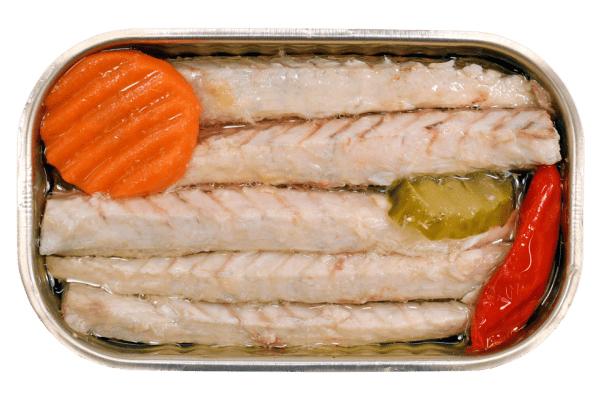
You'll commonly get five or six filets per can. The KO mackerel, by contrast, is just one piece of a larger filet. The KO texture is also more delicate and fattier, which is not a bad thing (just a different thing). But even though all of them are oily fish, the taste is quite mild. It's somewhere between tuna and sardines, and is a good "gateway fish" for those who like tinned tuna but might be scared off by sardines.
-
 3
3
-
 1
1
-
-
My favorite bacon-saving budget friendly tin of fish is King Oscar's boneless skinless Mediterranean style mackerel filets. When I got into the tinned fish habit, I was dismayed to discover that my tastes ran toward the high end. I almost can't eat a tin of sardines that costs less than $4.00. That probably says more about me than the fish. But happily I've found the budget tin of my dreams. It's not the prettiest tin. I used to say "Looks like rubbish, but it tastes amazing." I've since come to find it beautiful in its own way. But looks are not the point.
The point is that this mackerel tastes great. I typically just eat it right out of the tin with some Triscuits, but it's also quite nice tossed through with some pasta and sauteed onions/garlic... maybe some peppers or tomatoes or capers or sliced olives. But it's good enough to eat straight up. Herby, fatty, delicious. And for those who eat tinned fish for the fatty acids, this tin packs a wallop at 3000mg of Omega 3 (if the numbers on the tin can be believed). I love this product and buy it by the case. I've tried lots of other KO products (I hate their sardines) but this one is a winner, at least for me.
-
 9
9
-
-
My plan is to make squid ink risotto with it, but it's good over plain rice or tossed with pasta. A redditor over on r/cannedsardines recently tossed his tins with some fresh squid ink pasta from Eataly. Turns out that the pasta itself was a bit overly fishy (which can happen with too much ink) but the squid itself was apparently lovely.
My current favorite tinned squid is from Jose Gourmet and comes in a tomatoey ragout sauce. "Spiced Calamari in Ragout Sauce" they call it. Three or four to the tin, they're so good. You can toss the tin with pasta and some mix-ins, but I most often will crush the whole tin on its own with some chopsticks. But that's how I eat a lot of these tins.
I have some Ramon Pena squid (and squid in ink) that I've yet to try but am very much looking forward to.
-
 3
3
-
-
I'm used to CCK, Shibazi, Fook Kee, and Chopper King, all of which are considerably lighter than your knife. But there is variance, I grant you that.
-
Weird. Then I’d wager it’s much thicker than what I’m used to.
-
On 8/30/2022 at 8:07 AM, TicTac said:
Thanks for the suggestion - the 2 Kiwi knives arrived and are wicked sharp. Very thin blades, great for veg prep. Certainly not super high quality, so I am curious to see how the edge holds up, but for $10/knife - a bargooon!
A bargooon indeed! I'm sure you'll be happy with them. It's really hard to beat the Kiwis on value. They're part of the cheap knife set that I just made up that I recommend for people just starting out or whoever else doesn't have that much money to drop on knives. A 8" or 10" Victorinox Fibrox chef's knife, the cheap Vic paring knife, a couple Kiwis, and a cheap bread knife from Mercer or Tojiro will get you well covered for around $100.4 hours ago, liuzhou said:Today I acquired myself a new 菜刀 (cài dāo), literally vegetable knife
New cleaver day is a good day! Congrats! I love a good cai dao (or chuka bocho as they're known in Japan). They're fantastic choppers and slicers, but can handle almost any ordinary kitchen task. I heard someone say that when you get a cai dao, you should use it and only it for a month. This was to train you how to use the cleaver in many ways, but it was also said to improve your knife skills with traditional western knives once you go back to them. I didn't use *only* my cai dao for the first month I had it, but it was pretty close. And I'd say that it improved my skills considerably.
@JoNorvelleWalker They're sometimes described as vegetable cleavers (like a big nakiri, which evolved from the cai dao) but they can certainly be used to cut boneless protein. Or even protein with bones if you're not a monster about it. If you do need to hack through bones, there are thicker offerings available for that purpose. I think of it as the equivalent to a chef's knife or gyuto in the Chinese kitchen.
The weight on these can vary a lot. I'd bet that a lot of the weight in liuzhou's cleaver is in the bolster and handle. The CCK cleaver that I have is the same length but 40% lighter. And the Takeda chuka that my heart most desires also weighs less, despite being freaking gigantic.
Anyway, I really enjoy this style of knife and also enjoy the fact that there are many good, inexpensive cleavers out there to try. I'd also love to try some of the expensive ones!
-
 1
1
-
-
On 7/23/2022 at 10:00 AM, Caruso said:
Resurrecting this thread with a question about the versatility of these outdoor burners. For the next year I'm in a townhouse with a weak gas range and no venting exhaust fan, but with a convenient uncovered back deck. Would a portable unit like the Eastman Kahuna be able to handle not just wok cooking, but also cooking (or at least searing) steaks, chicken etc on cast iron and stainless steel pans on a regular basis? I've seen precious little on these units being used for anything other than wok cooking and turkey frying. Beyond it being possible, is it practical or a pain in the butt?
Sorry this response isn't more timely, but I didn't see it until just now. The short answer is that you can definitely use non-woks on wok burners. I've only used a stock pot and a carbon steel paella, but they work fine. I can't say about the Eastman unit (which seems pretty sweet) but the burner output on the jet engine wok burners is so high that you shouldn't run the burner on high when using normal cookware (obviously) and you should allow your pans adequate time to preheat on low heat to avoid warping. Paired with the right pan, it can function as a pretty epic outdoor sear station. It's not impractical or a pain in the butt, but you will probably want to move it inside to avoid rust issues. And breaking down/setting up a burner like this is a bit more involved than using something like, say, the Iwatani 75FW portable butane burner. That's what I most often use to sear outdoors and it does a fantastic job. Not quite a high output wok burner, but easy to set up and use basically anywhere.
-
-
@JoNorvelleWalker Agreed! The labels on the Güeyu Mar tins are even better, but I'm not sure those can command their asking price. Well... maybe the "Squid From Another Planet." I'm saving my Güeyu Mar labels to make some sort of conservas quilt or weird decoupage or something. Most likely, I'll just look at them to remember the good times.
-
I believe in the bacon-saving inexpensiveness of cheap sardines. But if that's all sardines were, I wouldn't want to eat them.
-
Inexpensive sardines are mostly garbage in my experience. I definitely don’t like sardines enough to pay less for them.
-
 2
2
-
-
They're supposed to be the same product according to their distributor. There can be some variance in the product though, so I don't know that a side by side taste test would settle things. I've gotten a batch of Nuris that was over salted, another batch that was super heavy on the clove. They're not super inconsistent, but inconsistent enough that you can sometimes be surprised.
Our World Market closed a couple years ago because of some disagreement with the property manager. This means that the closest one is an hour round trip away. Or there's one by my parents' house a two hour round trip away. So I plan ahead and buy all the spicy Nuris in stock at WM near my parents and pick them up at my leisure. You save 10% if you order online and pick up in store. This is a boon, as they seem to have stopped having sales on food a couple years ago. I may have ordered several hundred dollars worth of Ortiz tuna on sale (40% off baby!) back in those days... but the opportunity to do that hasn't presented itself in a long time.
-
On 8/28/2022 at 3:32 AM, JoNorvelleWalker said:
I thought I knew canned fish. Tonight I opened a tin of Pinhais sardines in olive oil. It was a revelation. A new experience. I ate it with a bowl of Spanish onion, a bowl of shaved fennel, a bowl of Castelvetrano olives, and my bread.
Welcome to the fancy deen club! The spiced Pinhais are my favorite. Not hot spicy, but peppery/clovey/bay-leafy. They're also branded as Nuri in the US. I get them from Cost Plus World Market, which seemingly has the best prices. Though there are some Asian grocers that get them for even cheaper. There's a new (or limited edition) extra spicy Nuri that are actually hot. Those are tasty if you like the heat, but they cost twice as much as the World Market ones.
Your bread looks great! And thanks to your link, I learned a new word!
-
 1
1
-
-
3 hours ago, weinoo said:
@btbyrd - Does District Cutlery do mail-order sharpening or repairing of badly chipped knives?
And is the District Cutlery you refer to this one? https://www.districtcutlery.com/
Yes and yes. They do great work with a fast turnaround. I had them thin a couple troublesome knives and sharpen a mirror polished one that I don’t like to sharpen myself.Since you’re in NYC, you can also drop your knife off at Korin and have them take care of it. Vincent is their head sharpener, and you can see some of his handiwork on Instagram at vincentsavesknives.
-
If you're trying to find the right angle at which to sharpen, you can figure it out by coloring in the blade with Sharpie permanent marker. As you sharpen, the part of the blade in contact with the stone (or whatever) will be ground away and the Sharpie will disappear. This will let you easily see what part of the blade you're actually sharpening or thinning and you can adjust your angle accordingly.
A PRO TIP: To remove excess Sharpie you can use a dry erase marker. I forget where I learned this trick, but dry erase markers contain a unipolar solvent that will make Sharpie wipe right off.
What thinning looks like depends on the type of knife that you have, but it eventually involves removing steel quite high up on the blade. You can get an idea of what that involves with this video from Jon at JKI. He uses the "Sharpie trick" to show you how to feel for the right angle while thinning. This knife obviously has a different grind than most Western kitchen knives, but the principles involved are the same.
Here is another demonstration using a knife with a more traditionally Western style grind. It has some small chips that get removed at a high angle. Once the chips are removed, the knife is thinned behind the edge for a centimeter or two. You can see how much of the blade behind the edge has been ground back at around six and a half minutes into the video. Finally, after the chips are gone and the knife has been thinned, the cutting edge is sharpened and polished again. This is one of the videos I found most helpful when learning how to repair similar smally chips on my Takamura knife.
And I don't know if this link will embed properly, but it's a link to a *heavily* chipped knife that was repaired and thinned by District Cutlery. It's a knife with Grantons or hollows ground into the blade, so you can get an idea of how much steel has been removed where by looking at how the divots were ground away.
https://www.instagram.com/p/CgcTW6iOmBo/
Those were some biggish chips for sure, but even small chips are a pain in the neck to remove with pull-through sharpeners or rigs like the Edge Pro.
If you want to get a preliminary idea of how much thinning a Chef's Choice actually does, you can color in the bottom half of the blade with Sharpie and run it through and see what part of the blade has been ground down. I doubt it will be much compared to what's involved with proper thinning (or even chip repair). These units might remove a lot of metal, but it's mostly from right around the edge itself.
-
Sorry for the late response... I'd somehow overlooked @JoNorvelleWalker's question above, but Paul's answer above is pretty much exactly what I was going to say. Thinning is not something that many people do to their knives, but most people don't really sharpen them either. If you sharpen on a semi-regular basis, the blade will eventually lose enough height so that it will no longer cut well even when the edge is sharp. The Chef's Choice really only addresses the edge bevel and maybe what's immediately above it, so it won't be able to grind off those thick "shoulders" and restore cutting performance. Thinning knives requires you to use an angle that's more acute than your sharpening angle so that you're actually grinding down the sides of the knife face, and that's not something you can do with most sharpening systems. They're more for maintaining the edge than for maintaining the whole blade. There's nothing wrong with that per se... I still break out my Edge Pro every once in a blue moon to get a super consistent edge on one of my knives. But you can't use it for thinning because it only really cuts along the main edge bevel.
Thinning might sound fussy or like something normal people will never need to do, and that's largely true. But if you're using knives with harder steel, their failure mode tends to be chipping along the edge rather than rolling like softer European style knives. Removing chips requires removing a lot of metal compared to normal sharpening, leading to the knife being significantly thicker behind the edge than it was before. So if you do any chip removal at home you'll want to be using a water stone (which does a better job than a system at removing chips) and you'll want to thin the sides of the knife after the chip removal is complete.
-
 3
3
-
 2
2
-
-
I've been known to rock an Opinel as a steak knife. I can't abide when you order a steak out and they bring you a dull ass serrated knife that's been through the dishwasher ten thousand times. I'm partial to the slimline No 10, which is just above the No. 8 in the picture below. The top knife I use for calzones.
But the real beast is this fellow. A birchwood burl Laguiole from Fontenille Pataud.
-
 5
5
-
-
1 hour ago, lindag said:
@btbyrd I ended up with the Zwilling Kramer Chef's Knife
Beautiful! The Zwilling/Kramer Meiji line is very nice and I'm sure you'll get a lifetime of joy from it. Such good looking knives!
2 hours ago, palo said:Speaking of choil - I ordered this from Amazon:
Good find! Some even less expensive knives that are highly regarded in the knife world are the offerings from Kiwi (a Thai brand). They're made from soft stainless (so the edges don't last super long) but the blades are very thin and cut well. You can get a pair of them for like $12 on Amazon. (eG-friendly Amazon.com link)
-
 1
1
-
-
The main problem with a Chef's Choice (and systems like the Edge Pro) is that while it may be able to sharpen the edge, it cannot thin behind the edge and alter the basic geometry of the knife. And geometry is what cuts. Sharpening removes steel, and over time as you sharpen at the same angle, the knife will become chunkier and chunkier behind the cutting edge. And while you might be able to get the cutting bevel cleanly apexed and sharp, it won't cut well if the knife is thick behind that edge -- especially if you're cutting dense items like carrots or potatoes. So while these sharpening systems might be good for maintaining or sharpening an edge, you can't use them to maintain the the geometry of the blade and optimize cutting performance. Jon Broida, sharpening guru and owner of Japanese Knife Imports, gives a good overview of thinning in this helpful video:
-
 3
3
-
-
I meant to say wireless probe thermometer, but my brain turned off for a minute there. I was hoping to get a Combustion Inc. one, but that one is more expensive than I'd like to spend (and it's *still* not yet shipping). I guess I'll end up with a Meater or something else less expensive.
-
Thanks! It's definitely not the same kind of clay, but it might be similar. The Toiro/Iga Mono donabes are from Iga prefecture which is known for its ceramics. The konros are from Suzu on the Noto peninsula. The clay on the konros has a ruddy color from the iron in the diatomite, but the Iga clay is sort of beige. Both seem to have a lot of inclusions or debris that aerates the clay once it's been fired, and that kind of foamy texture is apparently beneficial. Whether or not it's actually geologically similar is beyond my ability to assess.
A semi-related pro-tip on the smoker/roaster donabes is to invest in an infrared thermometer to use with them. I have a large smoker donabe (which was *not* inexpensive) and it is underused because I haven't quite figured out time/temp combos and the closed lid makes the system sort of a black box.
-
 2
2
-
-
Binchotan can pop, spark, or explode during the heating process, so unless your kitchen is nonflammable and you have a big hood with makeup air, you’ll want to use it outside. Which isn't so bad.
The classic ceramic konro grills are made of thick, porous clay tiles that retain heat as opposed to radiating it out like a metal one. They’re much more efficient, as most of the heat goes straight up toward the food you’re grilling. Here's a link showing how the clay used for these grills is harvested. It's then shaped, fired, and joined using traditional masonry techniques. That should give you an idea of why this style of grill in particular is more expensive than you might expect. If you read Japanese, here's a link to the manufacturer's website. Not so useful for direct ordering, but maybe to find out more and see what other styles they make.
If you get one, get some spare nets as well as the fan. Extra nets are useful if something sticks or if you leave one out and it rusts or something. And the fan is quite useful for ramping up the temp of the charcoal. And it's useful for the fire pit and campfires as well. Less intense than the leaf blower, though that does a great job as well.
-
 6
6
-
 2
2
-



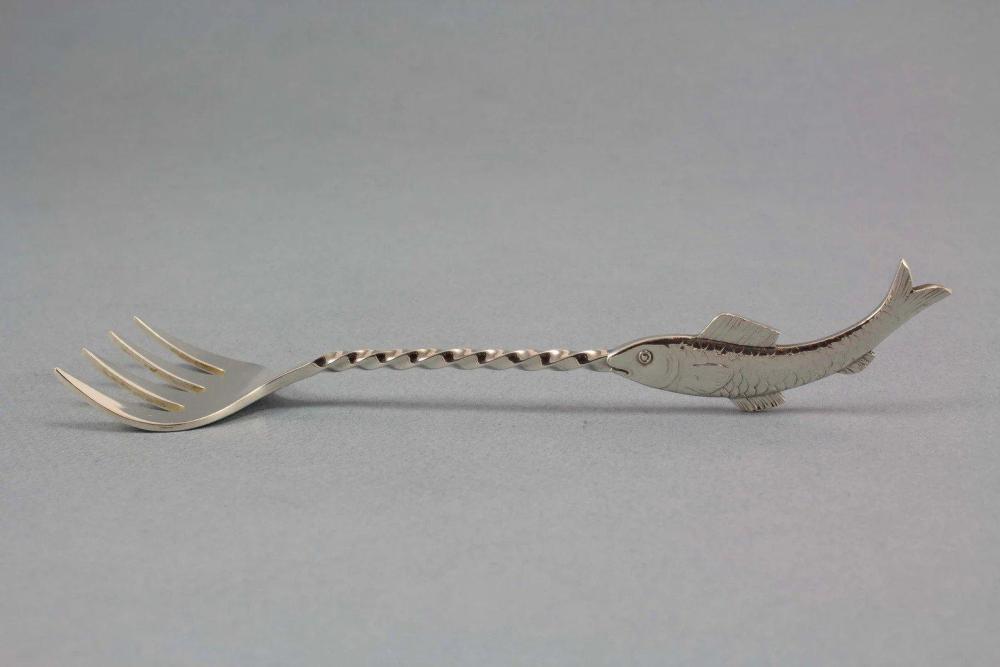
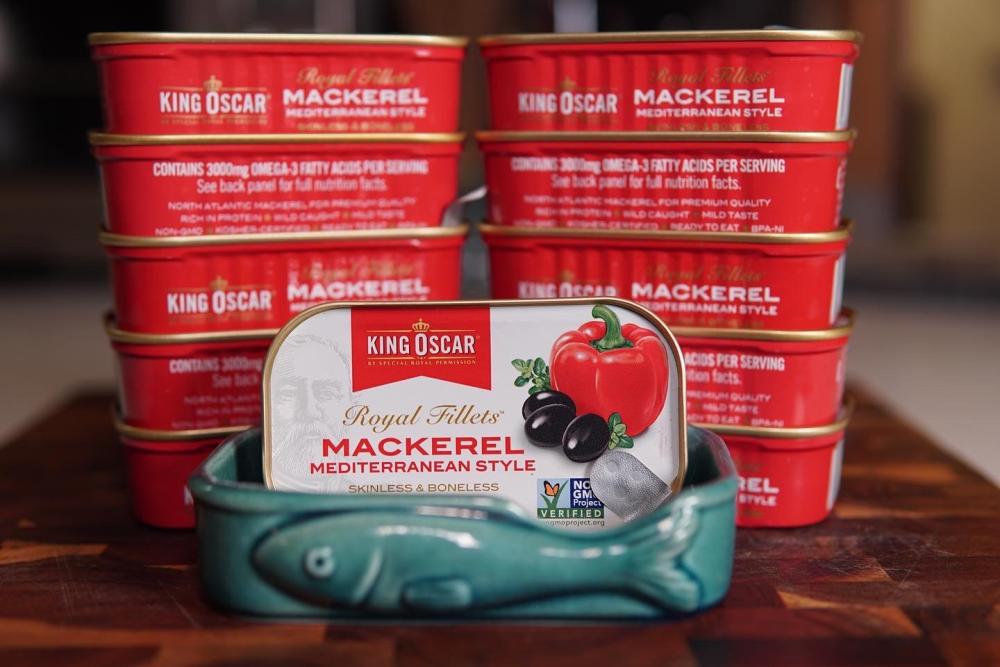
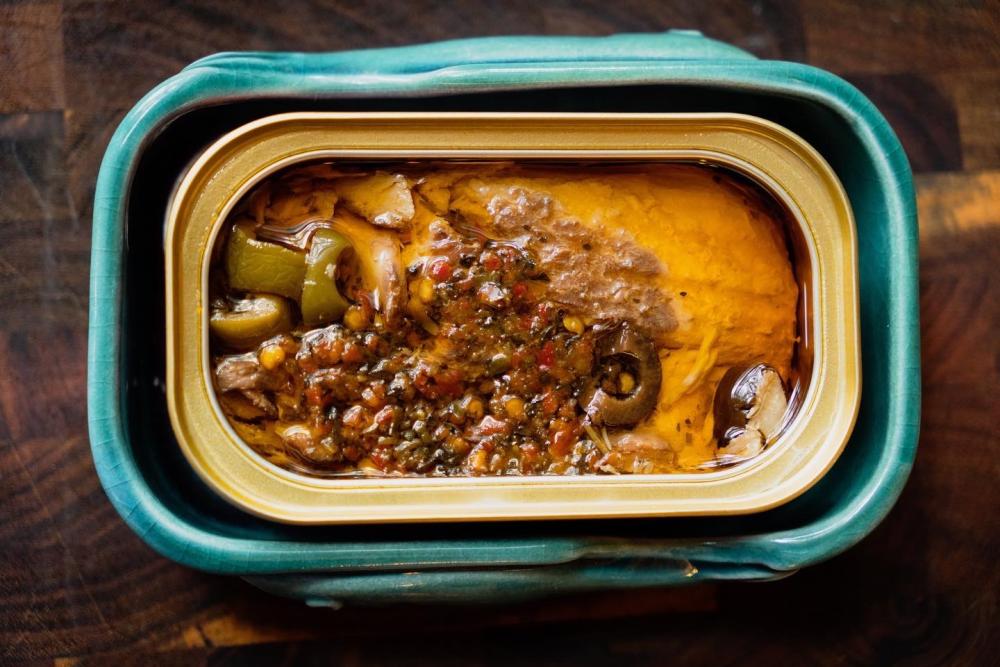

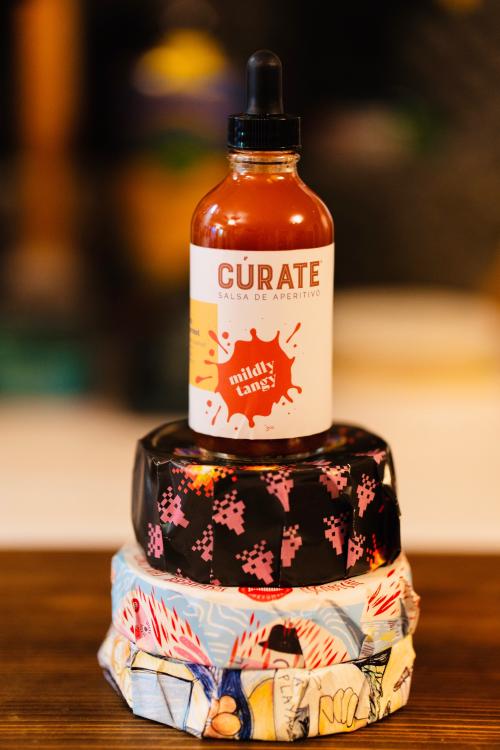
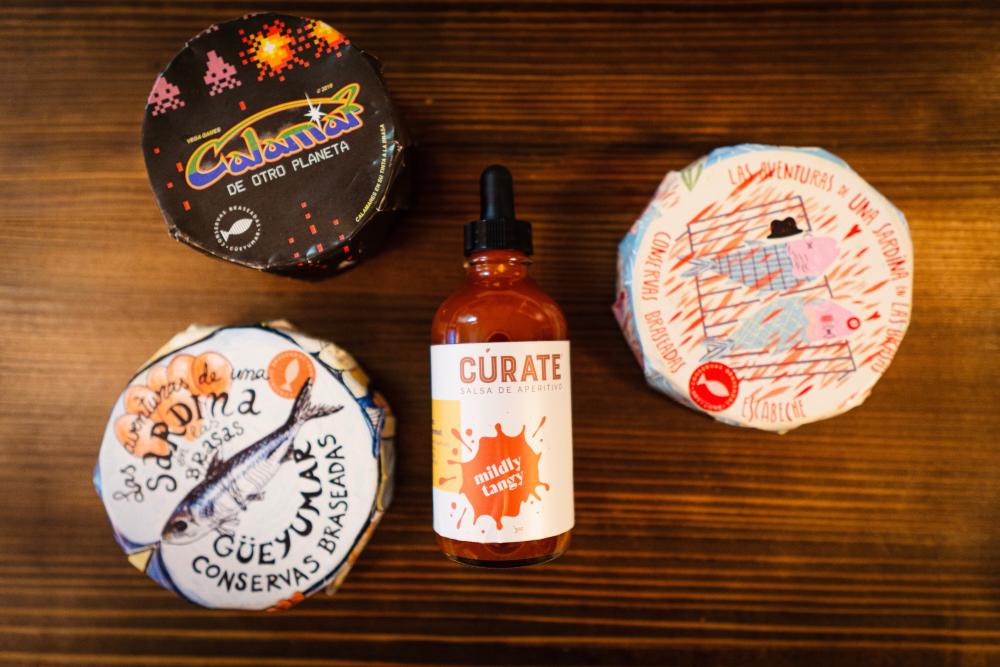

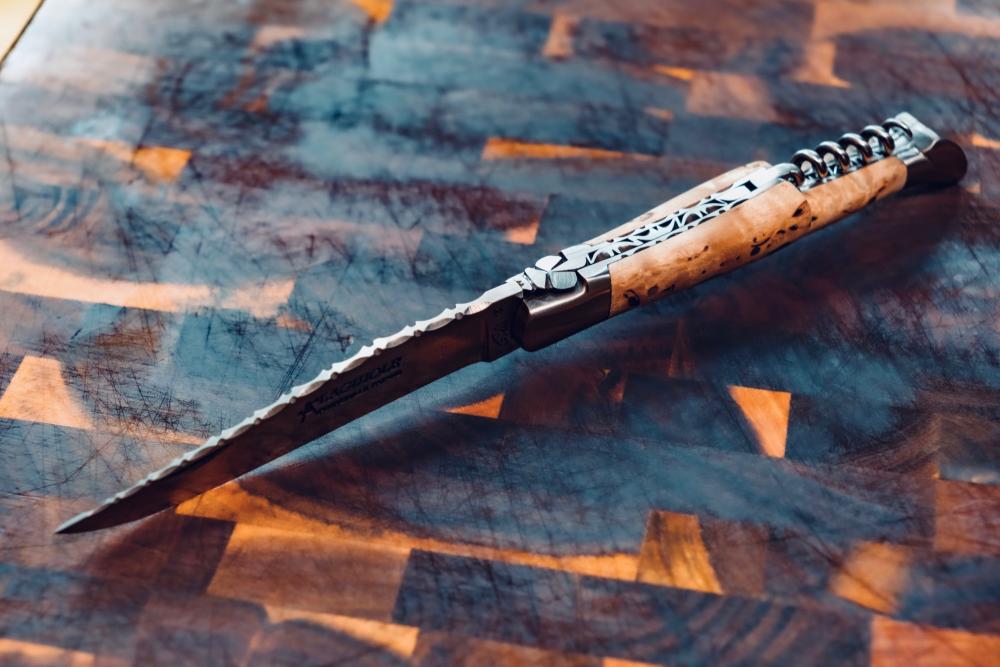
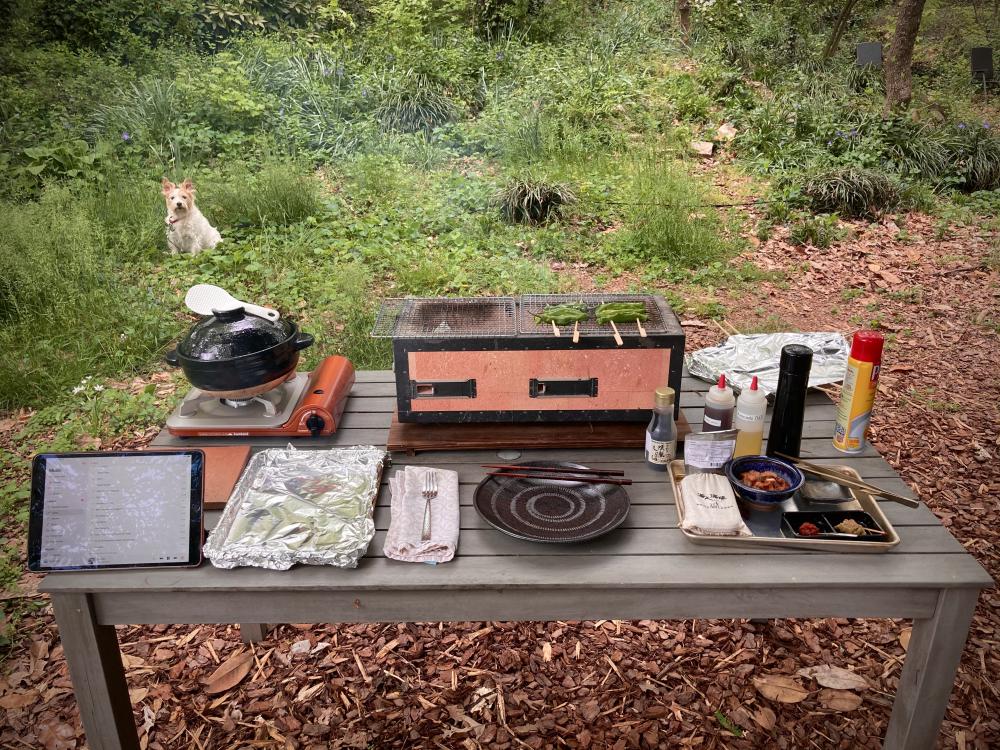
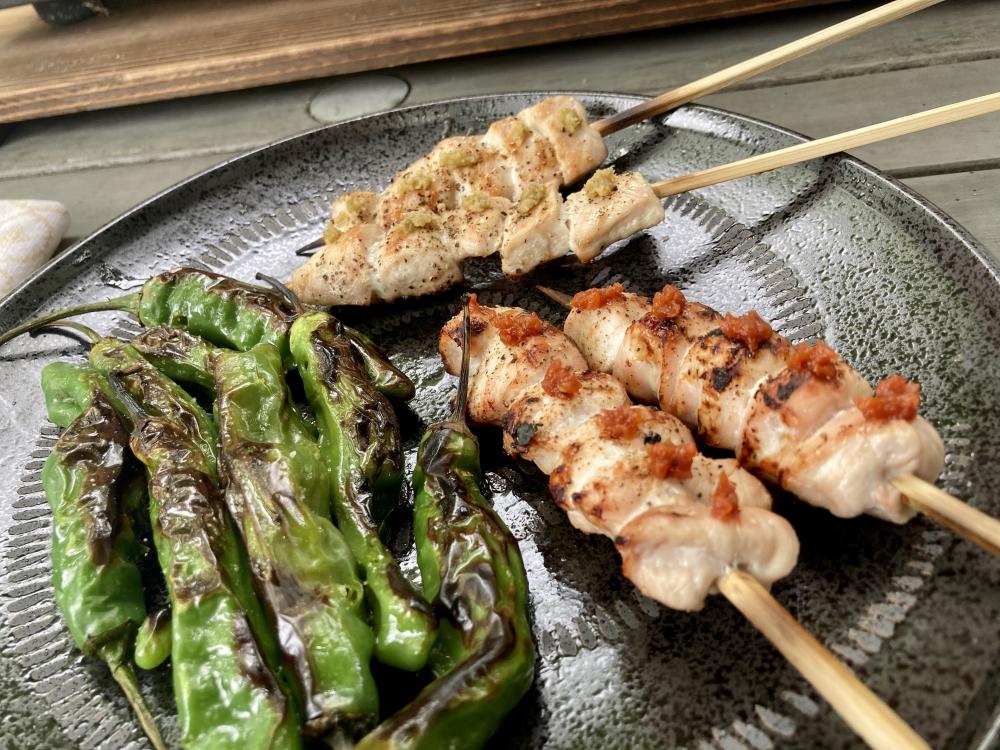
Canned sardines & other tinned seafood
in Cooking
Posted
That looks fantastic! I have only had Rizzoli's anchovies (which are delicious) but if I ever come across their spicy mackerel, it's going in my shopping cart for sure.